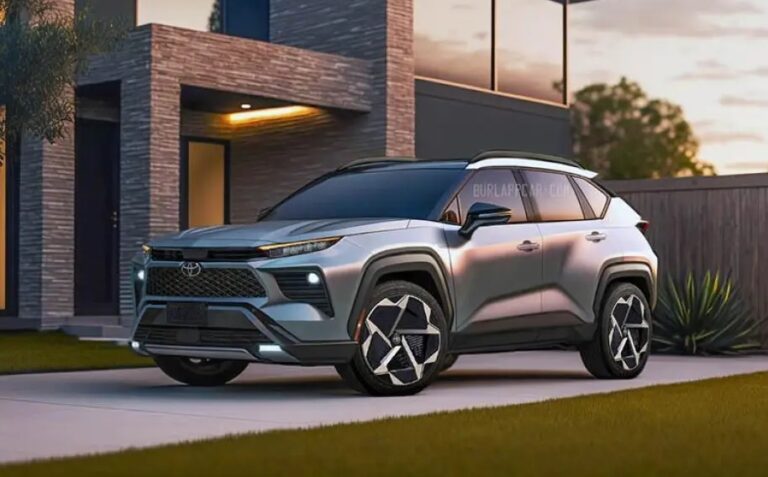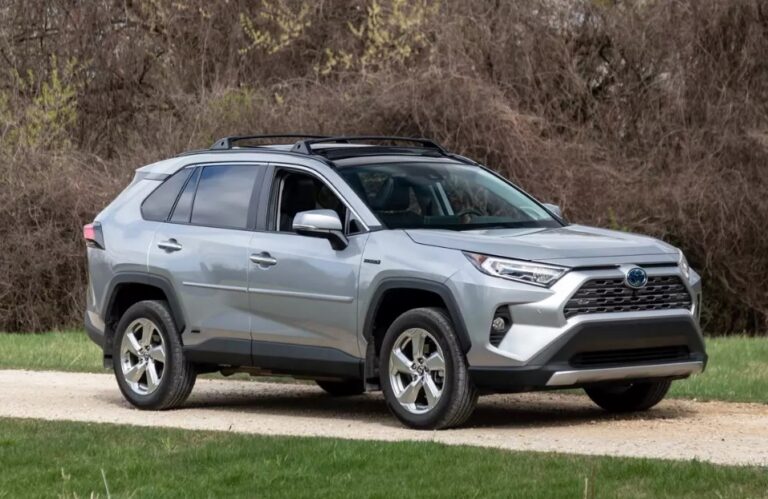2026 Toyota RAV4 Prime Specs, MPG, Release Date
2026 Toyota RAV4 Prime Specs, MPG, Release Date – It seems like electrification has become something of a taboo topic these days, with plenty of shouting into the void about the government forcing unwanted change on the masses. But while electric vehicles (EVs) attract a disproportionate amount of attention, what’s lost in all the misguided rhetoric is the humble plug-in hybrid (PHEV). That’s because entries like the 2026 Toyota RAV4 Prime will still be built and sold well into the future – perfect for those who aren’t ready to give up gas power entirely.
2026 Toyota RAV4 Prime Redesign and Update Plan
Exterior and Interior
The interior is a little drab and boring, with subtle silver accents and red stitching here and there. (There are more red accents on the XSE trim’s upholstery.) Instead, form follows function, with a smattering of shelves and cubbies for storing small items.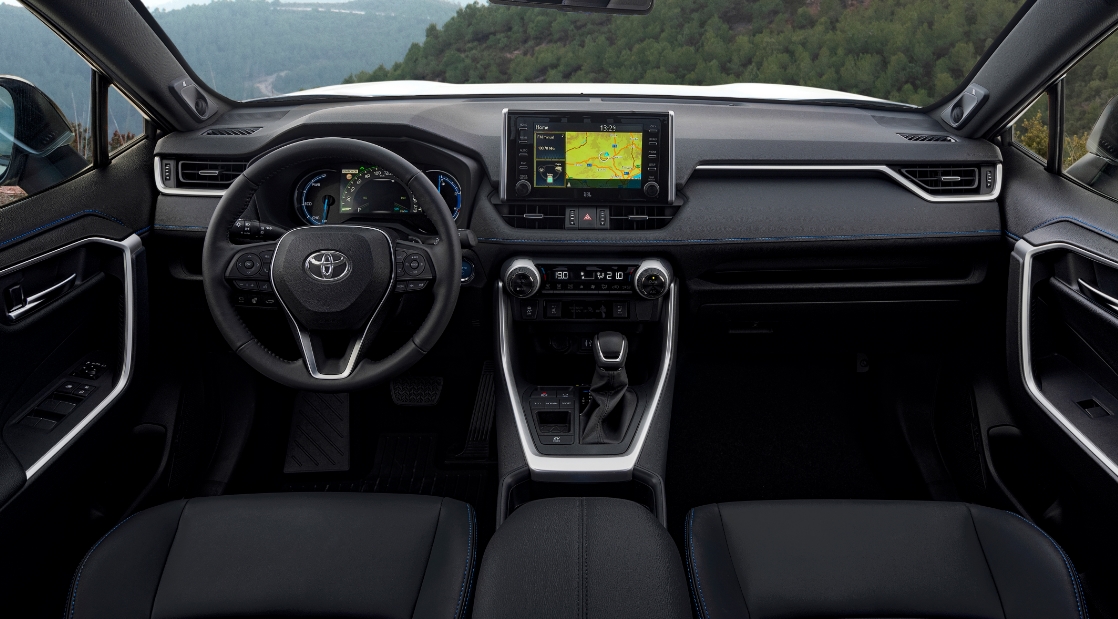
The exterior aesthetic is equally understated, with a certain sense of anonymity that comes with owning the best-selling vehicle in Canada that isn’t a pickup truck. It’s not that the RAV4 is unattractive, although there isn’t much that catches the eye. Meanwhile, the PHEV stands apart from its siblings with some subtle badging and unique wheel designs, as well as glossy bumper and wheel arch finishes that are also found on the same SE and XSE versions of the conventional hybrid model
2026 Toyota RAV4 Prime Specs
Avoiding that gruff mechanical noise is just one more reason to drive this PHEV as efficiently as possible, although it becomes all but impossible to do so when merging or passing on the highway. Even so, it doesn’t take much effort to keep the gas-electric powertrain running optimally. Buttons near the gear selector – which is a conventional lever-type unit – can be used to toggle between electric and hybrid drive modes, or the system can be left in an automatic setting that prioritizes emissions-free motoring.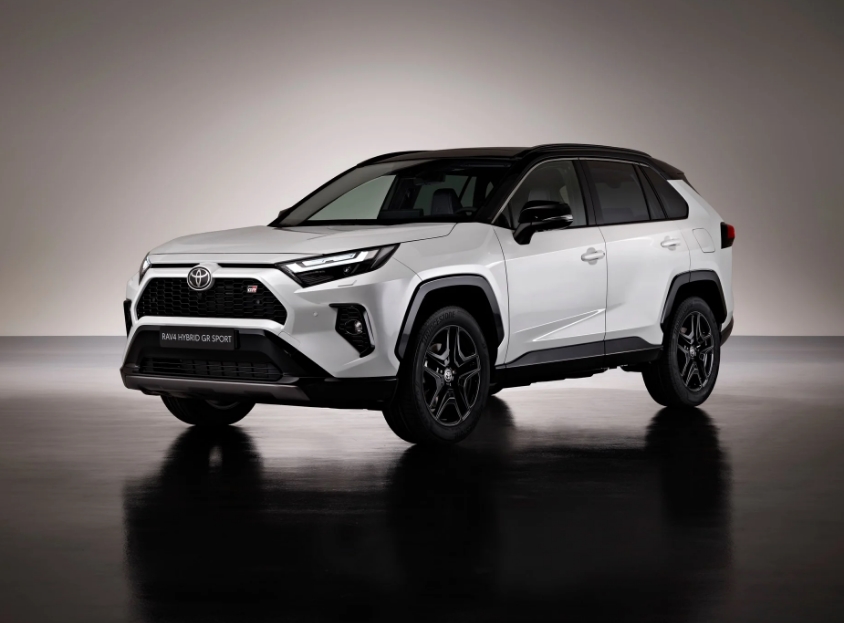
More generally, the RAV4 is among the most approachable vehicles on the market, with few frills getting in the way of interacting with its various features and functions. The climate controls are made up of buttons and dials and have a dedicated display, while the switchgear on the steering wheel is about as self-evident as it gets. The eight-inch touchscreen looks small compared to the ones in some of the RAV4’s rivals, but the latest infotainment software is vastly improved over what Toyota used to use. The lone source of trouble during this test came from the wireless Apple CarPlay interface that proved finicky and frustrating, sporadically struggling to recognize voice commands, while Google Maps failed to function properly at times.
Engine and Performance
Under the hood is a 2.5L four-cylinder gas engine alongside a pair of electric motor-generator units – one for powering the front wheels, and the other for feeding energy into the battery. Additionally, there’s a separate electric motor in the back dedicated to driving those wheels, and it’s independent of the rest of the powertrain. Net system output is a stout 302 hp.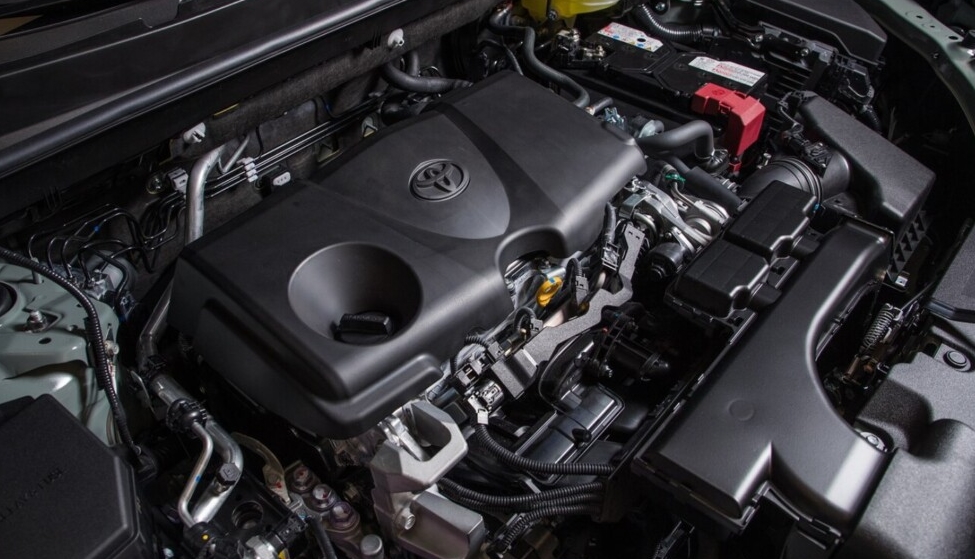
While the RAV4 Prime can take off with reasonable quickness when called upon, there’s a tendency for the gas-fired side of the powertrain to sound a little unrefined when doing so. It’s mostly the fault of the automatic continuously variable transmission (CVT), with the clatter increasing in lockstep with pedal pressure. 2026 Toyota RAV4 Prime Specs
2026 Toyota RAV4 Prime Fuel Economy
While some PHEVs aren’t especially efficient once their batteries are depleted, this Toyota is an impressive specimen with or without a full charge. This version of the RAV4 comes fitted with most of the same components as the conventional hybrid but gets a bigger 18.1-kWh battery that provides an estimated 68 km of emissions-free range. 2026 Toyota RAV4 Prime Specs
While it doesn’t necessarily need to be driven differently than any other RAV4, to do so is to realize its full potential. Operating under electric power in the city where it’s put to best use before switching to hybrid mode on the highway, for instance, is how to make the most of both parts of the powertrain. Officially, it’s rated to burn 6.0 L/100 km combined – no different than the RAV4 Hybrid’s consumption rate. During this test, the final tally came in at 6.2 over the course of about 430 km. It runs on regular-grade gas.
2026 Toyota RAV4 Prime Safety Features
The safety story is a typical Toyota one: tons of standard items, with a few upgrades at the top of the lineup. Blind-spot monitoring with rear cross-traffic alert, forward collision warning with pedestrian and cyclist detection, junction turn assist that can warn of oncoming traffic when making a left, and automatic emergency braking is all standard. So, too, is lane-keeping and tracing assistance and adaptive cruise control, while the RAV4 Prime XSE’s Technology package adds rear parking sensors, a head-up display, and surround-view cameras (a back-up camera is standard). 2026 Toyota RAV4 Prime Specs
2026 Toyota RAV4 Prime Price and Release Date
The 2026 RAV4 Prime starts at $51,150, while a non-negotiable freight charge adds $1,930 to the pre-tax price. The XSE rings in at $55,990, while the optional Technology package is a $5,390 upgrade. Every version qualifies for the full $5,000 federal rebate, as well as provincial and territorial incentives where they’re available. 2026 Toyota RAV4 Prime Specs
The list of rivals is surprisingly short, with Kia selling PHEV versions of both the Sportage and the slightly larger Sorento. The former is offered in two trims that are priced at $46,695 and $50,095, while the latter has a trio of trims that ring in at $48,795, $53,795, and $58,195. The Mitsubishi Outlander PHEV is priced from $48,198 to $57,498, while the Hyundai Tucson PHEV is offered in a single trim at $49,499. Finally, the Ford Escape PHEV is front-wheel drive-only and starts at $46,999. All prices are before freight and tax, while all five rivals qualify for the same $5,000 rebate.

